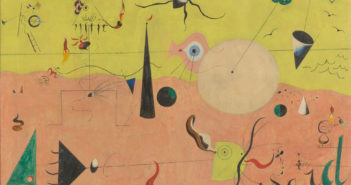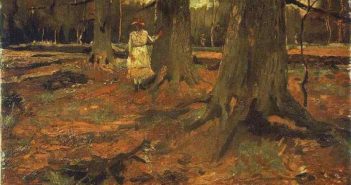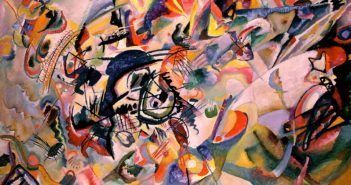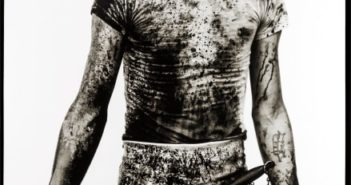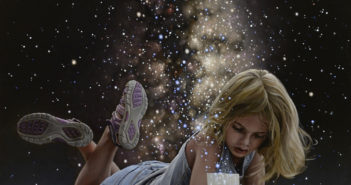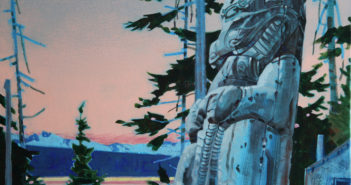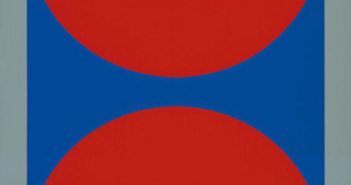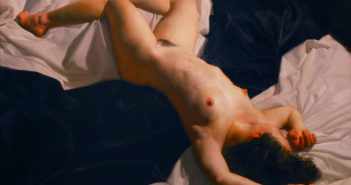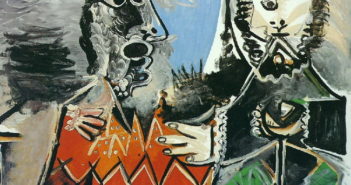
Testosterone in the studio
A remarkable study, Endogenous Steroids and Financial Risk-Taking on a London Trading Floor, has implications for folks in other professions, including ours. According to the study, stock traders build testosterone on days when they are successful. Apparently, the additional hormones can cause higher levels of confidence and risk-taking, while too much of it can include feelings of omnipotence and even carelessness. Conversely, a trader who has experienced successive losses will have higher levels of the downer cortisol, leading to risk aversion and sloppy choices.

